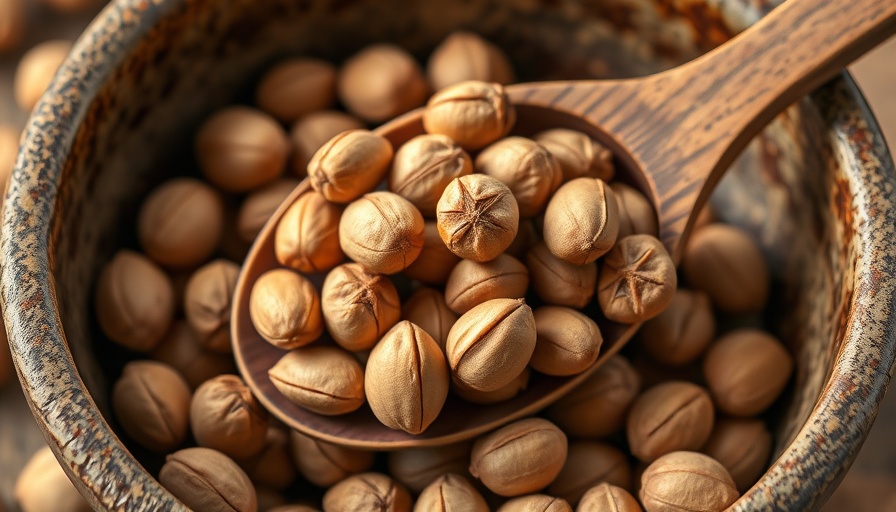
Understanding Pine Mouth Syndrome: A Peculiar Phenomenon
Imagine enjoying a delicious meal, only to be met with an unexpected and lingering bitter taste that turns your culinary delight into discomfort. This peculiar condition is known as Pine Mouth Syndrome (PMS), a term that encompasses a range of unsettling symptoms caused by certain pine nuts. Though it may sound trivial, pine mouth syndrome can last for weeks and has perplexed consumers and researchers alike.
What Causes Pine Mouth Syndrome?
Pine mouth syndrome, or cacogeusia, occurs when individuals experience an undesirable metallic or bitter taste in their mouths. This phenomenon typically surfaces one to three days after consuming specific pine nuts, particularly those sourced from the Chinese white pine—a species that is not recognized as safe for consumption. Of the hundreds of pine nut species available, only about 30 are considered edible by the Food and Agriculture Organization of the United Nations.
Research revealed that several reported cases of PMS traced back to samples from these non-edible varieties, prompting further investigation. It seems that these nuts—often used for lumber rather than as a food source—contain an unidentified toxin that causes this bizarre reaction. As public interest grows, studies continue to seek clarity about the exact cause and nature of this syndrome.
The Health Risks of Edible vs. Inedible Pine Nuts
Despite the unfortunate experience of experiencing PMS, the good news is that it appears to be benign. Symptoms generally resolve without medical intervention, provided individuals cease consuming the implicated nuts. However, it's essential to note that not all pine nuts are the same.
Health-conscious consumers should be particularly wary of purchasing nuts labeled as being from Asia, mainly China. The European Union has enforced export restrictions on dangerous pine nuts since 2011, which has contributed to a decrease in reported cases. Nevertheless, some affected varieties remain on shelves in the United States, leading to ongoing concerns among those who enjoy cooking with pine nuts.
A Safer Alternative: Choosing Walnuts
If you're looking for a delicious and nutritious substitute for pine nuts, walnuts are an excellent choice. These heart-healthy nuts are not only flavorful but are also packed with polyphenols—antioxidants that promote overall well-being. Additionally, walnuts don’t carry the risk of pine mouth syndrome, making them a safer alternative for incorporation into your favorite recipes.
When making pesto, for instance, substituting walnuts for pine nuts not only enhances flavor but also aligns with a healthier diet. As consumers become increasingly aware of food sources and their associated risks, walnuts can be a sound investment in your health.
Community Experiences: The Reality of Pine Mouth Syndrome
The impact of PMS extends beyond physical symptoms; it has created a niche community online, where individuals share their experiences with this strange condition. Groups like “Damn you, Pine Nuts” highlight the collective frustration of those who have suffered from this syndrome after unknowingly biting into the wrong nut. Such online platforms provide support and contribute to awareness, allowing for informed discussions surrounding dietary choices.
As conversations continue, it is vital for consumers to stay educated about the products they consume, especially when it comes to something as innocuous as nuts. Awareness can help prevent unpleasant experiences in the kitchen and encourage consumers to opt for safer food alternatives.
Conclusion: Make Informed Choices
Pine Mouth Syndrome serves as a reminder of the culinary risks hidden in our grocery aisles. Understanding it, alongside promoting safer dietary choices, can empower individuals to enjoy their food without fear of unpleasant side effects. By choosing alternatives like walnuts, individuals can embrace the delicious flavors of healthy eating without the risk of hitting a culinary sour note.
 Add Row
Add Row  Add
Add 




Write A Comment